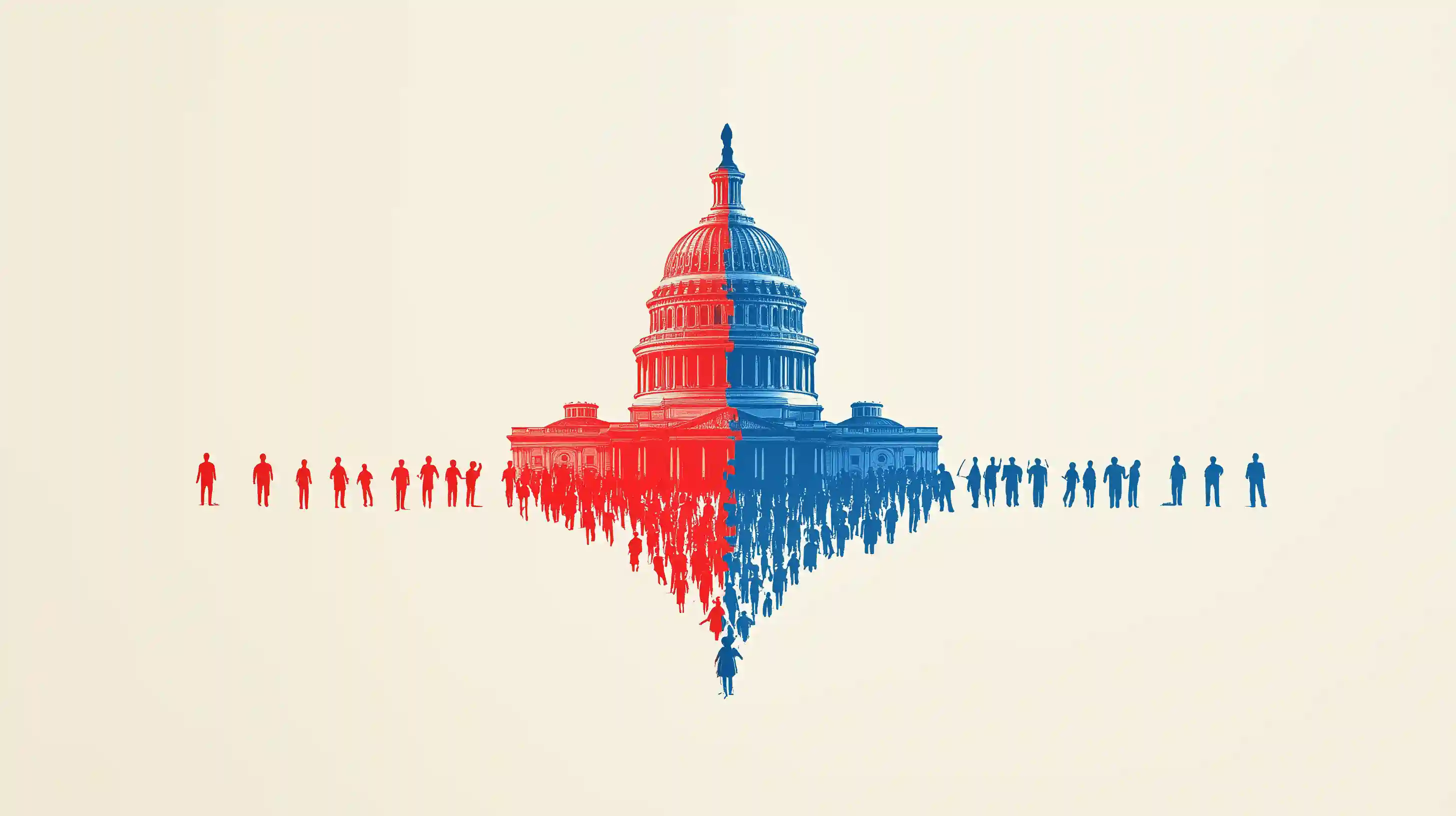The Relationship Between Federal and State Governments

Louis Mbuyu
December 6, 2024
federal
state
1. Constitutional Basis
Operates under the U.S. Constitution as the supreme law.
Operates under state constitutions, which must align with the U.S. Constitution.
2. Structure
Divided into three branches: Executive (President), Legislative (Congress), Judicial (Supreme Court).
Also divided into three branches: Executive (Governor), Legislative (State Legislature), Judicial (State Courts).
3. Legislative Powers
Makes laws affecting the entire country (e.g., immigration, defense, interstate commerce).
Makes laws on issues not covered by the federal government (e.g., education, public safety, local commerce).
4. Taxation Authority
Collects federal taxes (income, corporate, tariffs) for national programs.
Collects state taxes (income, sales, property) for local services.
5. Judicial System
Supreme Court resolves disputes involving constitutional and federal law.
State courts handle cases involving state law; some state cases may escalate to federal courts.
6. Interstate Relations
Oversees commerce and laws affecting multiple states (e.g., trade agreements).
Manages laws within the state; must honor federal laws and compacts between states.
7. Responsibilities
National defense, foreign policy, currency, immigration.
Education, transportation, public safety, infrastructure.
8. Law Enforcement
Oversees national agencies (FBI, DEA, Homeland Security).
Manages local law enforcement and state police forces.
9. Spending Priorities
Funds national projects like defense, healthcare (Medicare), and infrastructure.
Focuses on local projects like schools, roads, and state healthcare programs.
10. Relationship to People
Represents all citizens; decisions apply nationwide.
More directly connected to local issues and community needs.




